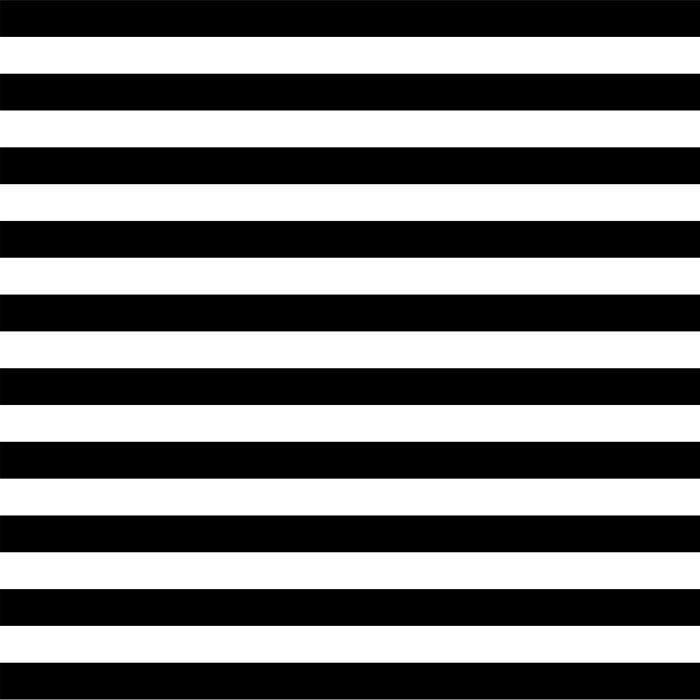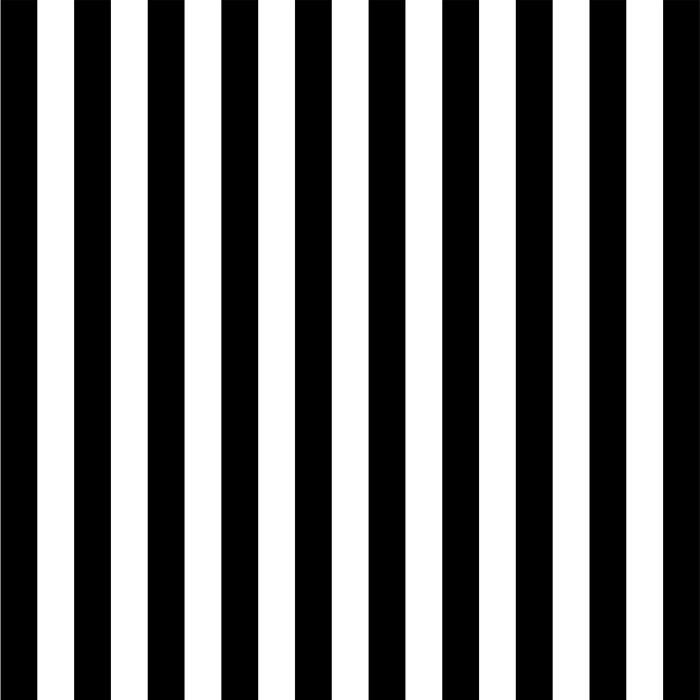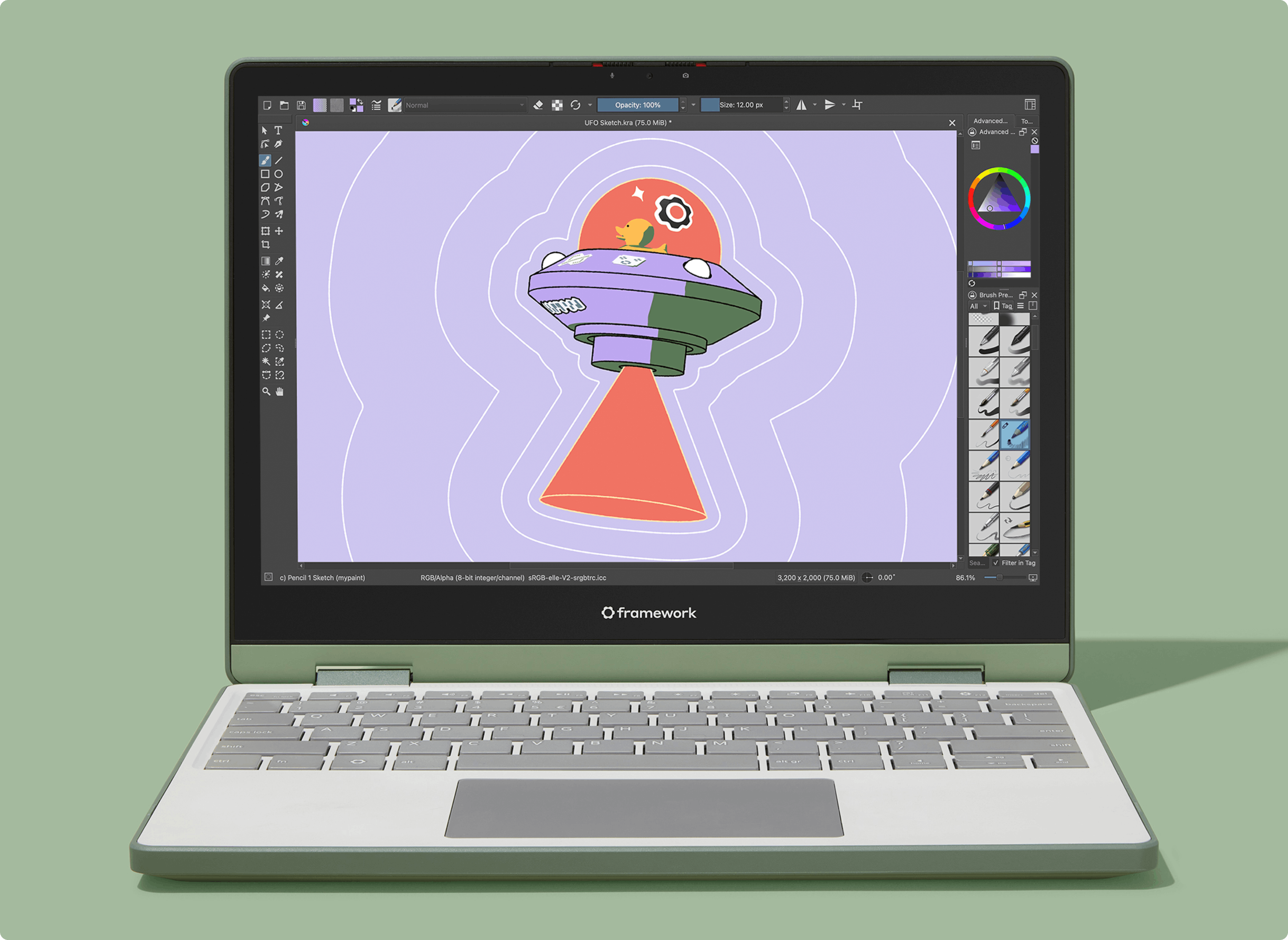If you’ve been avoiding them for a certain reason, don’t.

Sign up for the Slatest to get the most insightful analysis, criticism, and advice out there, delivered to your inbox daily.
Stripes are always in style, but never more so than at the end of a long winter, when a sunny day makes it hard to resist dressing like a 19th-century French sailor. But this spring, not only has the stripe returned to department store floors (I swear Gap’s green set is following me around in storefront windows), but it’s also making a splash in the world of high fashion. “During the Spring 2025 shows, we saw stripes at Prada, Proenza Schouler, Louis Vuitton, Chanel, Dior—practically every collection on the runway,” wrote Harper’s Bazaar’s Jaclyn Alexandra Cohen in April. And not just any stripes: Designers went for bold, bright, and a little unhinged. They even layered stripes on top of more stripes.
This all clashes with the common wisdom that it’s best to avoid stripes—specifically, the horizontal kind, which, like a funhouse mirror, supposedly make you appear wider than you actually are. If it’s common knowledge that horizontal stripes aren’t flattering for a person’s figure, why are they everywhere?
It’s not that we’ve dropped our cultural obsession with thinness. (Hardly. If only!) It might be, at least in part, that the popular almond-mom belief about stripes is actually wrong. It’s true that stripes affect our perception of the size of objects, including of people’s bodies. But the effect happens in the opposite direction: Horizontal stripes make people look narrower. Vertical stripes are the ones that widen.
Two optical illusions explain why. First, there’s the Helmholtz illusion, which consists of two squares composed of seven lines each. In one square, the lines are stacked on top of each other (so, seven horizontal lines); in the other, the lines stand upright in a row (seven vertical lines). The squares are exactly the same size, but the square with the horizontal lines appears to be narrower and taller than the other square.
Here’s an example of what that can look like:


That illusion is likely due to another illusion called the Oppel-Kundt illusion, which demonstrates that a more filled-in space looks bigger than an emptier space—think how a room full of furniture looks bigger than an empty room. When the square is filled from top to bottom (the horizontal lines), it looks bigger in that direction; that is, taller and narrower. It’s as if your brain is going: Wow, that space is fitting all those stripes stacked on top of each other—how tall! When the square is filled from side to side (the vertical lines), its width looks bigger than its height.
Whether these illusions apply to striped clothing is something that, for reasons I don’t understand but greatly admire, a small group of scientists has been trying to figure out. In the early 2000s, some researchers suggested that the Helmholtz illusion might only apply to 2D figures. They argued that vertical lines on a 3D object create the appearance of depth, which would have a narrowing effect—possibly outweighing the Helmholtz illusion. In 2011, a pair of British psychologists put it to the test, asking participants to look at mannequins wearing both styles of stripes and indicate which one appeared wider. Vertical-striped mannequin won. For the horizontal-striped mannequin to appear identical to the mannequin wearing vertical stripes, it would need to be 10.7 percent wider. “There is no evidence to support the widely held beliefs that horizontal stripes make the human form appear wider,” the scientists wrote. “All the evidence here points in the opposite direction.”
There are some caveats, though. For one, the effect likely varies: Another study found that the Helmholtz illusion was stronger for a thin person, and that it might stop applying altogether (or even have the opposite effect) as a person gets larger. And interestingly, our misconception might actually fuel our misperception. A 2015 study found that 77 percent of study participants identified avatars wearing horizontal stripes as looking wider than ones with vertical stripes—the opposite of past results. Some of the participants were then interviewed on their beliefs about stripes, and the majority said that they had been taught that stripes are not flattering, with one saying: “I have always been told that vertical stripes are slimming and horizontal stripes are not.” It might be, the author writes, that the participants’ preconceived notions about stripes informed the way they perceived them (indeed, research shows that assumptions can literally change the way we see the world).
Of course, you should wear whatever you want. But if you were avoiding horizontal stripes like they were whole-fat milk (which is also fine for you), there’s truly no need.
Sign up for Slate's evening newsletter.









 English (US) ·
English (US) ·